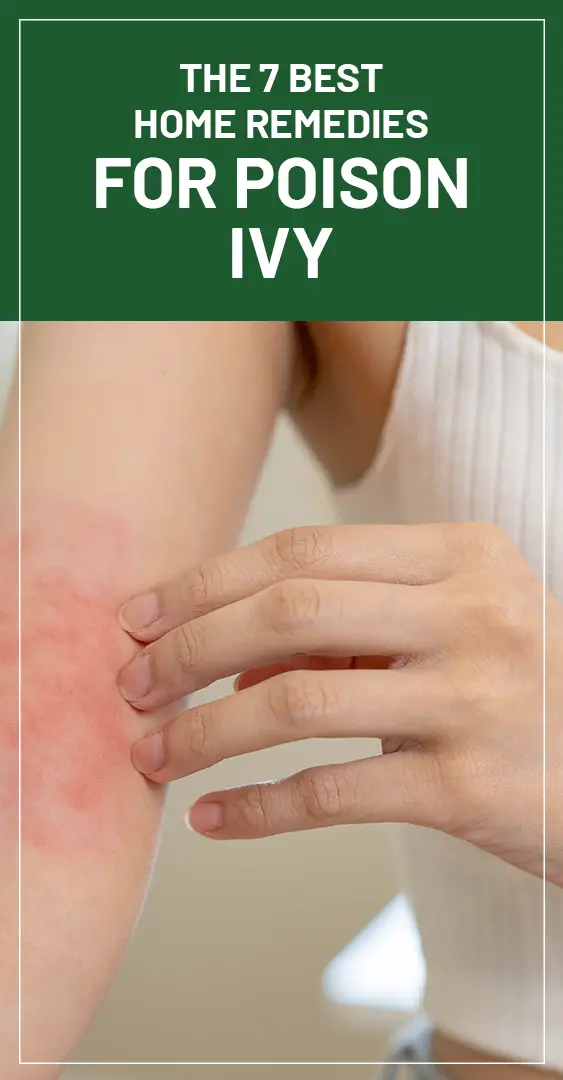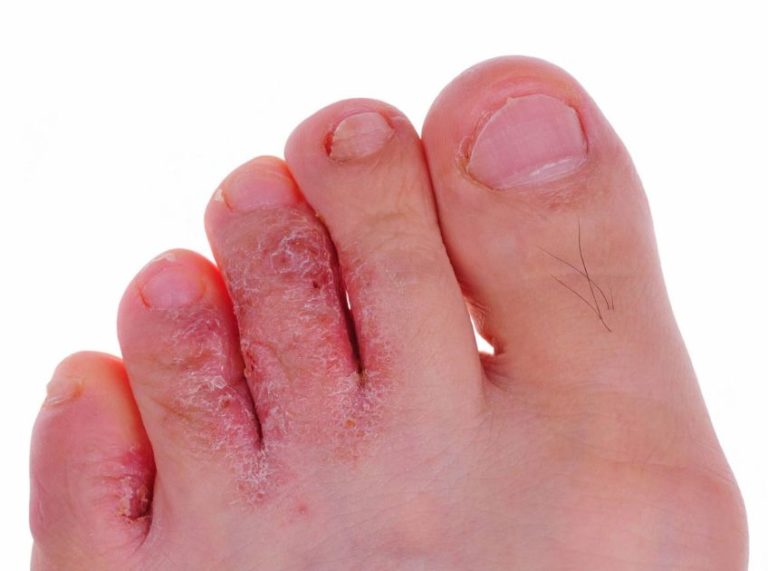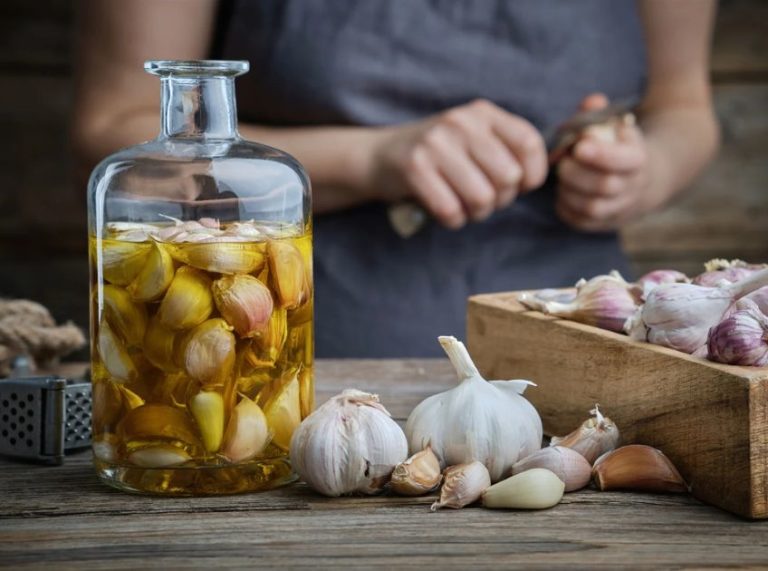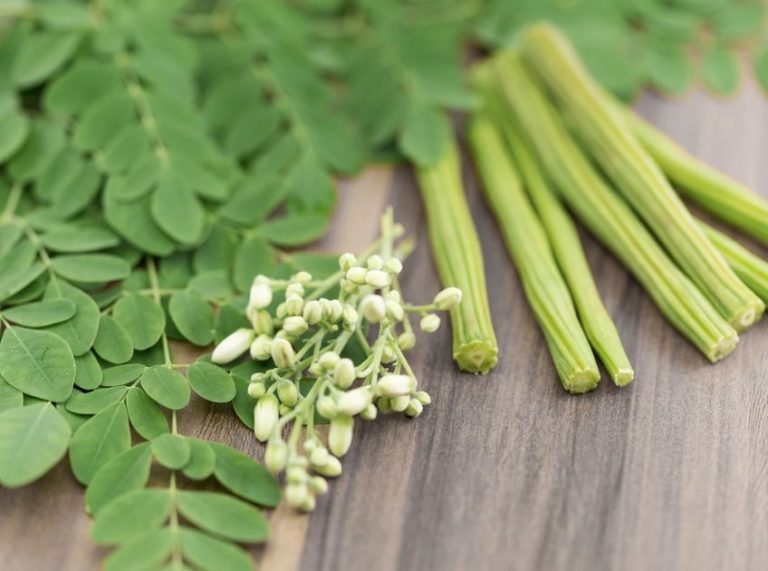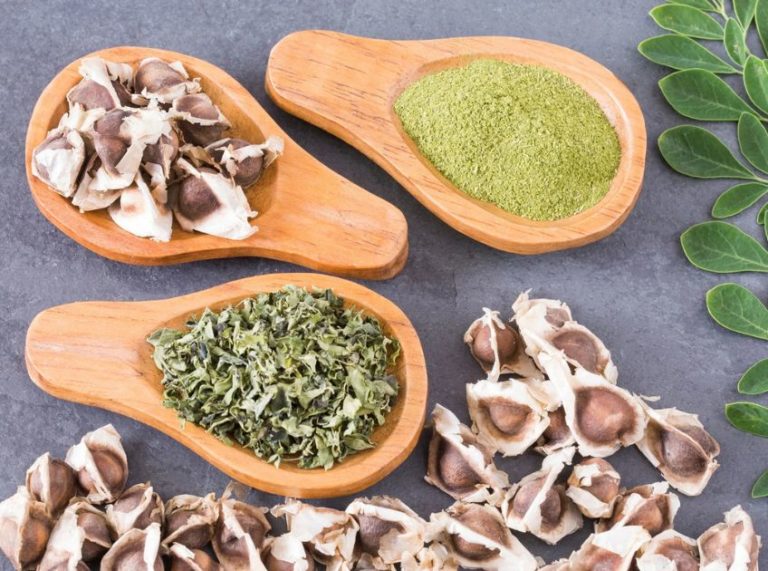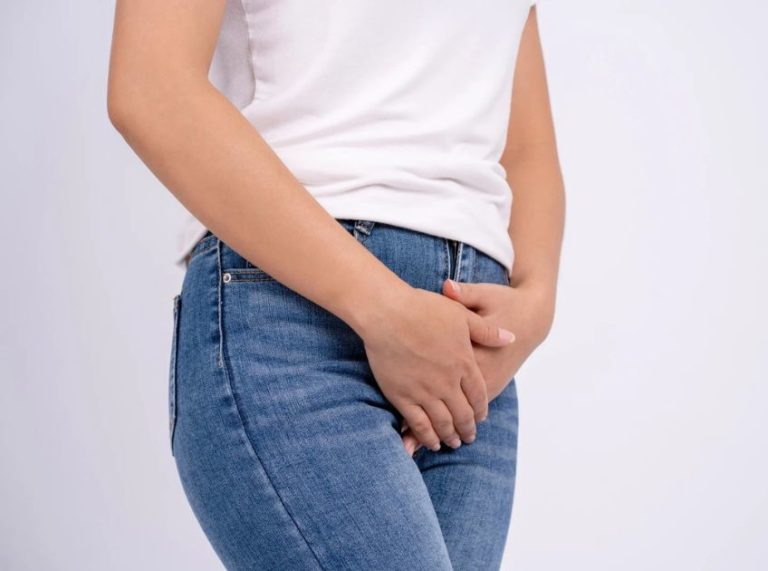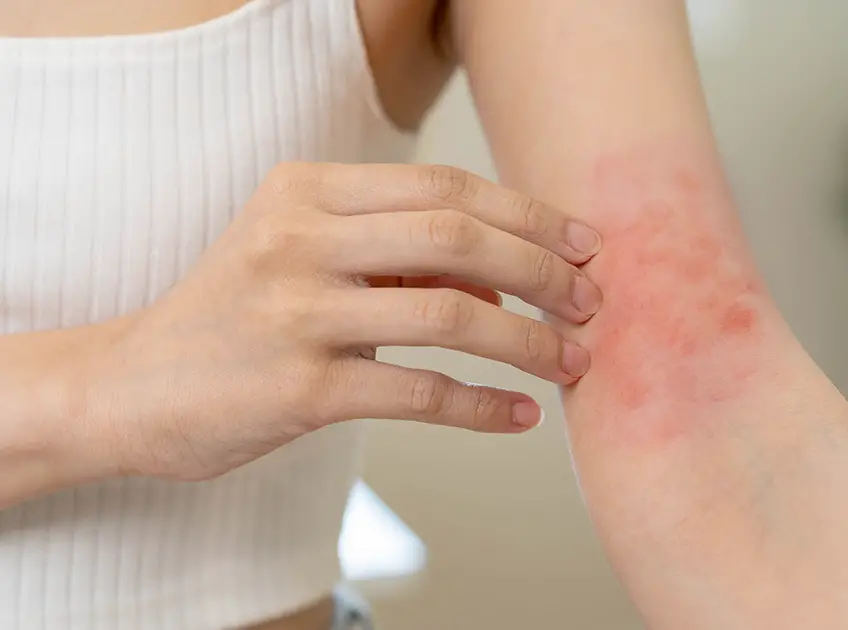
Important: This article is for informational purposes only. Please read our full disclaimer for more details.
Poison ivy is a common problem in the United States and Asia. It is estimated that about 85 percent of the population is allergic to poison ivy. The plant contains an oil called urushiol, which is the cause of the allergic reaction. Symptoms include itching, redness, swelling, and blistering.
How to Identify Poison Ivy?
Poison ivy grows as a vine or shrub and can be found in woods, fields, and gardens. The leaves are arranged in threes and are green with white or light-colored veins. The plant produces small greenish-white flowers in the spring and yellowish-white berries in the fall.
Best Home Remedies for Poison Ivy
There are several home remedies that can be used to relieve the symptoms of poison ivy, they include cold compress, oatmeal bath, baking soda, taking a shower, rubbing alcohol, lotions or creams and bentonite clay.
1. Cold Compress

A cold compress can help to reduce the itching and swelling associated with poison ivy.
- To make a cold compress,
- Wrap ice cubes in a clean cloth
- apply it to the affected area for 10-15 minutes.
- Repeat this several times a day until the symptoms improve.
- This remedy lacks scientific evidence.
[ Recommended: How to use Baking Soda for Poison Oak ]
2. Oatmeal Bath

An oatmeal bath can also help to relieve the symptoms of poison ivy.
- Add 1-2 cups of oatmeal to a warm bath
- soak in it for 10-15 minutes.
- Repeat this several times a day until the symptoms improve.
3. Baking Soda
Baking soda can be used to dry out the blisters caused by poison ivy.
- Make a paste by mixing baking soda with water
- apply it to the affected area.
- Leave it on for 10-15 minutes
- then wash it off with cool water.
- Repeat this two times a day until the symptoms improve.
[ Recommended: Home Remedies for Mosquito Bites ]
4. Taking a Shower
Taking a lukewarm shower can help to remove the oil from the skin and reduce the symptoms of poison ivy. Avoid using hot water as it can dry out the skin and make the itching worse.
5. Rubbing Alcohol
Rubbing alcohol can also be used to dry out the blisters caused by poison ivy.
- Apply rubbing alcohol to a cotton ball
- dab it on the affected area.
- Repeat this several times a day until the symptoms improve.
- This remedy lacks scientific evidence.
6. Lotions or Creams
There are over-the-counter lotions or creams that can be used to relieve the itching associated with poison ivy.
- Apply the lotion or cream to the affected area
- then cover it with a bandage.
- Repeat this several times a day until the symptoms improve.
- This remedy lacks scientific evidence.
7. Bentonite Clay
Bentonite clay can be used to draw out the toxins from the skin and reduce the symptoms of poison ivy.
- Mix bentonite clay with water to form a paste
- apply it to the affected area.
- Leave it on for 10-15 minutes and then wash it off with cool water.
- Repeat this several times a day until the symptoms improve. [1]
Aftercare – What to Avoid?
There are several things that you should avoid if you have poison ivy, they include:
- Scratching the rash. This can lead to further irritation and even infection.
- Using lotions or creams that contain fragrances, dyes, or other chemicals as they can further irritate the skin.
- Using heat treatments such as hot showers or baths, saunas, or heating pads as they can dry out the skin and make the itching worse.
- Exposing the rash to sunlight as this can cause the rash to spread.
- Using over-the-counter corticosteroid creams as they can thin the skin and make the rash worse.
When to See a Doctor
If the symptoms of poison ivy are severe or if they do not improve with home treatment, it is important to see a doctor. A doctor can prescribe medication to help relieve the symptoms and may also recommend other treatments such as light therapy or oral steroids.
These are some of the home remedies that can be used to relieve the symptoms of poison ivy. If the symptoms are severe or if they do not improve with home treatment, it is important to see a doctor. If you are unsure, you may also get advice of a doctor before using any of these home remedies.
Related Articles
- 10 Essential Oils for Mosquito and Bug Bites
- 8 Best Essential Oils For Poison Ivy
- Itchy legs when walking – Causes, Symptoms And Prevention
- Drew Barrymore – Height, Weight, Age, Movies & Family – Biography
- How to Treat Hemorrhoids with Witch Hazel?
- Does Aquaphor Clog Pores on Face?
